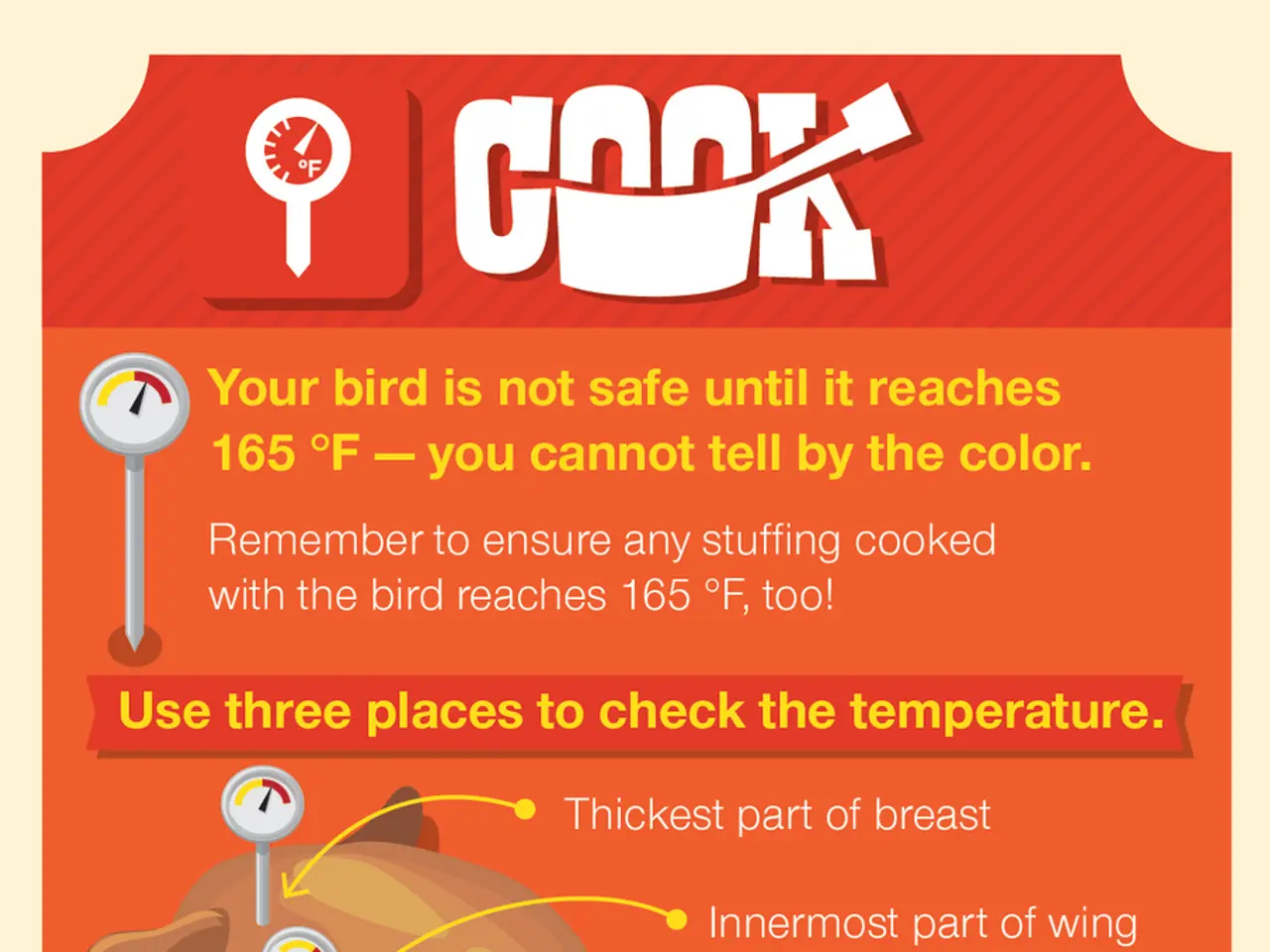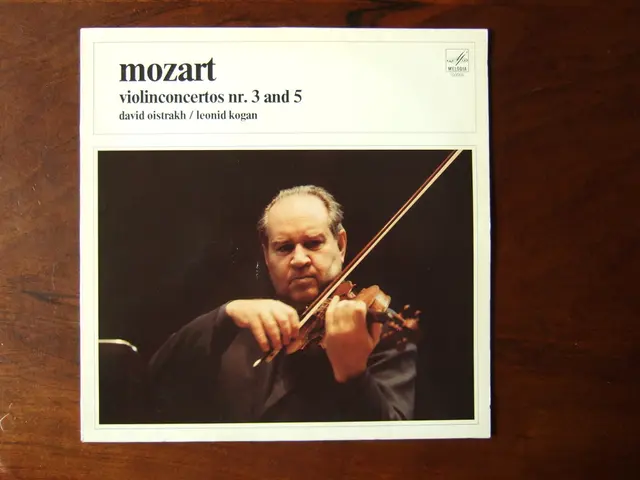Explaining the Causes of Costochondritis - Rib Cage Discomfort
Costochondritis is a condition that causes inflammation and pain in the cartilage that connects the ribs to the breastbone. This common condition can have various causes, some of which are well-understood, while others remain a subject of ongoing research.
One group of causes relates to infections. Common Lyme coinfections, such as Babesia and Bartonella, can contribute to costochondritis. Babesia causes inflammation through red blood cell infection, while Bartonella induces vascular inflammation. Both can potentially lead to chest wall pain and inflammation. Mycoplasma infections, which can co-occur with Lyme disease, can also affect the cartilage in the chest area, potentially causing costochondritis symptoms.
Another potential cause of costochondritis is physical trauma to the chest wall, such as from a fall, sports injury, or car accident. Repetitive or strenuous physical activities involving the upper body can also cause this condition.
In some cases, the exact cause of costochondritis remains unknown. However, certain factors may increase one's susceptibility to the condition. For instance, older individuals may be more prone to costochondritis due to long-term vitamin D deficiency. High oxalate levels might also contribute to inflammation in various tissues, potentially including the costal cartilage, although the evidence linking oxalates directly to costochondritis is limited.
Respiratory infections and mold exposure are other potential causes of costochondritis, although further details were not provided. Ehrlichia and Anaplasma, tick-borne infections, can cause generalized inflammation throughout the body, potentially leading to costochondritis-like symptoms.
Inflammatory arthritis like rheumatoid arthritis, psoriatic arthritis, and ankylosing spondylitis can affect the costal cartilage and lead to costochondritis. Fibromyalgia, a condition characterized by widespread musculoskeletal pain, can sometimes manifest as chest wall pain similar to costochondritis.
Gallbladder issues should be considered when pain is localized to the lower right side of the chest. EMF exposure is not scientifically proven to directly cause costochondritis, but theories suggest that it might affect cellular processes and potentially lead to inflammation in sensitive individuals.
Treatment for costochondritis typically involves addressing the underlying infections with appropriate antibiotics and using anti-inflammatory medications and other supportive therapies to manage symptoms. It's crucial to seek medical attention for proper diagnosis and treatment if experiencing persistent chest pain.
Diagnosing costochondritis in the context of Lyme disease and co-infections can be challenging due to overlapping symptoms. A thorough medical history, physical examination, and appropriate testing for Lyme and co-infections are necessary for an accurate diagnosis.
Read also:
- Peptide YY (PYY): Exploring its Role in Appetite Suppression, Intestinal Health, and Cognitive Links
- Toddler Health: Rotavirus Signs, Origins, and Potential Complications
- Digestive issues and heart discomfort: Root causes and associated health conditions
- House Infernos: Deadly Hazards Surpassing the Flames








